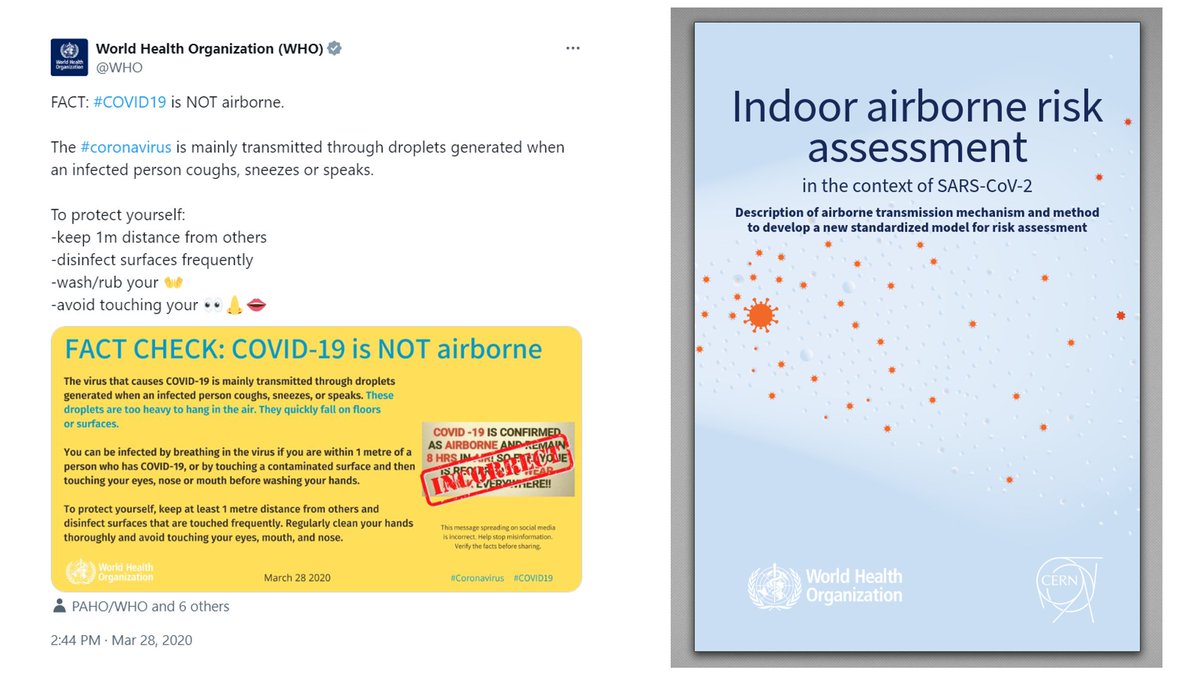Flow capture hood mounted on inlet side, with a 3M Filtrete 1900 (MERV-13) taped to inlet. There is some extra resistance from the capture hood, so actual flow will be a bit higher. Three speeds. 117 V
74 W, -259 CFM, 0.99 PF
59 W, -216 CFM, 0.93 PF
48 W, -166 CFM, 0.87 PF
/5
74 W, -259 CFM, 0.99 PF
59 W, -216 CFM, 0.93 PF
48 W, -166 CFM, 0.87 PF
/5

Final result: No change in power or power factor. Use between 14.5-15.5", so a 15" internal diameter shroud for the Lasko 20" air circulating box fan.
Speed 3: 74 W. 36% higher flow
Speed 2: 59 W. 30% higher flow
Speed 1: 48 W. 31% higher flow
/11
Speed 3: 74 W. 36% higher flow
Speed 2: 59 W. 30% higher flow
Speed 1: 48 W. 31% higher flow
/11

The fan is noticably quieter with the shroud. I have since removed the tape and will make a cleaner version and measure the noise difference with a calibrated microphone later. /12
Forgot to mention it's a 3M Filtrete 1900, 20x20x1.
If we assume 75% PSE the effective clean air delivery rate is 0.75x 350 = 263 CFM CADR, with 74W power, for an efficiency of 3.6 CADR/W, good for Energy Star (must be > 3.0). Further tests to come!
/13
If we assume 75% PSE the effective clean air delivery rate is 0.75x 350 = 263 CFM CADR, with 74W power, for an efficiency of 3.6 CADR/W, good for Energy Star (must be > 3.0). Further tests to come!
/13

Optimization so far, with 3M Filtrete 1900 20x20x1
Lasko with 15" shroud: 350 CFM, 74 W
Utilitech with 13.5" shroud: 350 CFM, 52 W!
Actual flow will be slightly higher when measured at outlet with backpressure compensation feature in the flow capture hood. /14
Lasko with 15" shroud: 350 CFM, 74 W
Utilitech with 13.5" shroud: 350 CFM, 52 W!
Actual flow will be slightly higher when measured at outlet with backpressure compensation feature in the flow capture hood. /14
The mains voltage fluctuates (goes higher at night when less demand) and has a large impact on fan power and flow. These numbers are without shroud, with 20x20x1 MERV-13:
115V: 255 CFM, 70 W
117V: 259 CFM, 74 W
120V: 268 CFM, 77 W /15
115V: 255 CFM, 70 W
117V: 259 CFM, 74 W
120V: 268 CFM, 77 W /15
• • •
Missing some Tweet in this thread? You can try to
force a refresh











![States high levels of CO2 and other contaminants ... can contribute to [list of five health effects, such as headaches, fatigue, difficultly concentrating], says CO2 should be below 1000 ppm, then says (incorrectly) that health effects from CO2 occur at levels above 5000 ppm. No, those effects can occur below 5000 ppm. It also states the CO2 concentrations do not indicate a risk of infectious disease transmission in a space. No, ASHRAE's position statement on CO2 states that elevated CO2 concentrations CAN reflect higher risk. Obviously, because it indicates poor ventilation, which IS an i...](https://pbs.twimg.com/media/GO6z_36WQAI7_mj.jpg)







